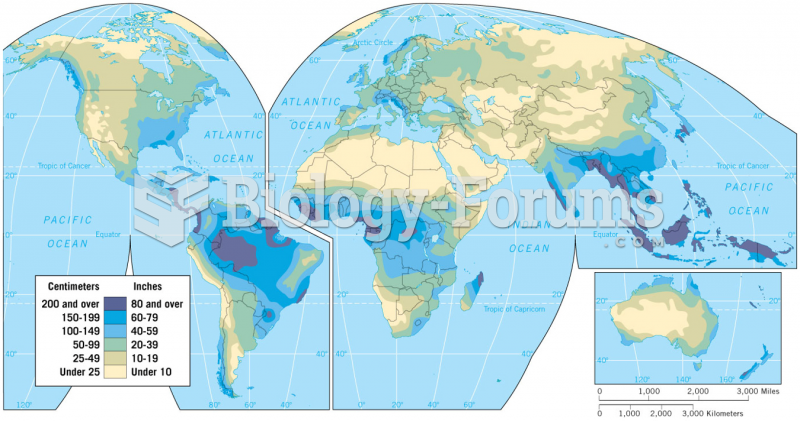Answer to Question 1
C
Answer to Question 2
Posted another one can you check that one too? Thanks.
Answer to Question 3
Right on time. Thanks a bunch.
Answer to Question 4
Boom Correct answer
Answer to Question 5
Some international companies choose to follow a multinational (multidomestic) strategya strategy of adapting products and their marketing strategies in each national market to suit local preferences. In other words, a multinational strategy is a separate strategy for each of the multiple nations in which a company markets its products. To implement a multinational strategy, companies often establish largely independent, self-contained units (or subsidiaries) in each national market. Each subsidiary typically undertakes its own product research and development, production, and marketing. In many ways, each unit functions largely as an independent company. Multinational strategies are often appropriate for companies in industries in which buyer preferences do not converge across national borders, such as certain food products and some print media.
The main benefit of a multinational strategy is that it allows companies to monitor buyer preferences closely in each local market and to respond quickly and effectively to emerging buyer preferences. Companies hope that customers will perceive a tailored product as delivering greater value than do competitors' products. A multinational strategy, then, should allow a company to charge higher prices and/or gain market share.
The main drawback of a multinational strategy is that companies cannot exploit scale economies in product development, manufacturing, or marketing. The multinational strategy typically increases the cost structure for international companies and forces them to charge higher prices to recover such costs. As such, a multinational strategy is usually poorly suited to industries in which price competitiveness is a key success factor. The high degree of independence with which each unit operates also may reduce opportunities to share knowledge among units within a company.
Other companies decide that what suits their operations is a global strategya strategy of offering the same products using the same marketing strategy in all national markets. Companies that follow a global strategy often take advantage of scale and location economies by producing entire inventories of products or components in a few optimal locations. They also tend to perform product research and development in one or a few locations and typically design promotional campaigns and advertising strategies at headquarters. So-called global products are most common in industries characterized by price competition and, therefore, pressure to contain costs. They include certain electronic components, a wide variety of industrial goods such as steel, and some consumer goods such as paper and writing instruments.
The main benefit of a global strategy is cost savings due to product and marketing standardization. These cost savings can then be passed on to consumers to help the company gain market share in its market segment. A global strategy also allows managers to share lessons learned in one market with managers at other locations.
The main problem with a global strategy is it can cause a company to overlook important differences in buyer preferences from one market to another. A global strategy does not allow a company to modify its products except for the most superficial features, such as the color of paint applied to a finished product or a small add-on feature. This can present a competitor with an opportunity to step in and satisfy unmet needs of local buyers, thereby creating a niche market.







